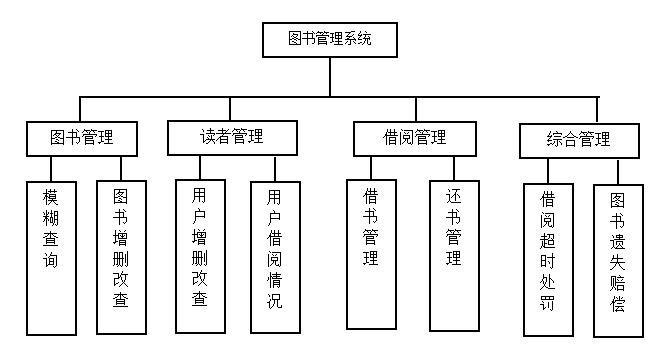您所在的位置:首页 - 文化 - 正文文化
简单介绍图书管理系统的书籍
![]() 秀嘉
2024-04-30
【文化】
547人已围观
秀嘉
2024-04-30
【文化】
547人已围观
摘要**Title:ABriefIntroductiontoLibraryManagementSystems**---###IntroductionLibraryManagementSystems(LMS
Title: A Brief Introduction to Library Management Systems
Introduction
Library Management Systems (LMS) are software applications designed to automate the processes involved in managing libraries, including cataloging, circulation, acquisitions, and patron management. These systems streamline library operations, enhance accessibility to resources, and facilitate efficient library services. Here, we delve into the key components and functionalities of a typical library management system.
Cataloging and Classification
Central to any LMS is cataloging, the process of organizing and describing library resources for easy retrieval. LMS utilizes various classification systems such as Dewey Decimal Classification or Library of Congress Classification to categorize materials. Cataloging includes assigning unique identifiers like ISBNs (International Standard Book Number) or ISSN (International Standard Serial Number) to each item, along with metadata like title, author, subject, and publication details.
Circulation Management
Circulation management handles the borrowing and returning of library materials by patrons. LMS tracks item availability, due dates, and borrower information. It automates processes like checkin, checkout, renewals, and reservations. Integration with RFID (RadioFrequency Identification) technology enables efficient selfservice options and inventory management.
Acquisitions and Collection Management

LMS facilitates acquisitions by managing the procurement of new materials, including books, journals, multimedia, and digital resources. It automates the workflow for ordering, receiving, and invoicing materials. Collection management features help librarians assess collection needs, weed out obsolete items, and make informed decisions about resource allocation and deselection.
Patron Services
LMS enhances patron services through online catalogs, allowing users to search, request, and access library resources remotely. It provides personalized account features for patrons to manage their borrowing history, fines, holds, and preferences. Communication tools like email notifications and alerts keep patrons informed about due dates, overdue items, and library events.
Reporting and Analytics
LMS generates reports and analytics to assess library usage, collection usage patterns, and resource popularity. These insights aid in collection development, budget allocation, and strategic planning. Reports may include circulation statistics, item usage, patron demographics, and financial data.
Interoperability and Integration
Modern LMSs are designed to integrate with other library systems and external databases to enhance functionality and resource discovery. Integration with digital repositories, content management systems, and discovery layers enables seamless access to electronic resources and digital collections.
Conclusion
Library Management Systems play a crucial role in streamlining library operations and improving services for both librarians and patrons. By automating routine tasks, managing collections effectively, and providing enhanced access to resources, LMSs contribute to the overall efficiency and effectiveness of libraries in serving their communities.
Tags: 简单介绍图书管理系统的方法 图书管理系统概述 图书管理系统基本功能
版权声明: 感谢您对【奚诗视窗网】网站平台的认可,无特别说明,本站所有文章均归【奚诗视窗网】平台所有,转载请说明文章出处“来源【奚诗视窗网】”。 https://www.tjdhgcc.com/post/5036.html
上一篇: 电影是根据什么原理运用摄影
下一篇: 山大威海图书馆



